Vertigo is a type of dizziness that can make you feel like you're spinning or the world around you is spinning. It's a common condition that can be caused by a variety of factors, including inner ear problems, head injuries, and certain medications. Learn more about the causes and symptoms of vertigo, as well as some tips for finding relief.

Understanding Vertigo and Its Causes.
Vertigo is a type of dizziness that is often described as a spinning sensation. It can be caused by a variety of factors, including inner ear problems, head injuries, and certain medications. Inner ear problems are the most common cause of vertigo, and can be caused by conditions such as benign paroxysmal positional vertigo (BPPV), Meniere's disease, and vestibular neuritis. Other causes of vertigo include head injuries, migraines, and certain medications that affect the inner ear or brain. Understanding the underlying cause of vertigo is important in finding the right treatment and finding relief from its symptoms.
Symptoms of Vertigo and How It Affects Your Balance.
Vertigo can cause a variety of symptoms, including dizziness, nausea, vomiting, and a spinning sensation. These symptoms can be mild or severe, and can last for a few minutes or several hours. Vertigo can also affect your balance, making it difficult to walk or stand without feeling unsteady or falling. It's important to seek medical attention if you experience vertigo symptoms, as they can be a sign of a more serious underlying condition.
Diagnosis and Treatment Options for Vertigo.
If you are experiencing vertigo symptoms, it is important to see a healthcare provider for a proper diagnosis. Your provider may perform a physical exam, review your medical history, and order tests such as an MRI or CT scan to rule out any underlying conditions. Treatment options for vertigo may include medication, physical therapy, or in severe cases, surgery. Your healthcare provider can work with you to determine the best course of treatment for your individual needs.
Lifestyle Changes to Manage Vertigo Symptoms.
In addition to medical treatment, there are lifestyle changes that can help manage vertigo symptoms. These include avoiding sudden movements or changes in position, such as standing up quickly or bending over, as well as avoiding bright lights and loud noises. It may also be helpful to practice relaxation techniques such as deep breathing or meditation to reduce stress and anxiety, which can worsen vertigo symptoms. Your healthcare provider can provide additional guidance on lifestyle changes that may be beneficial for managing your vertigo.
How to Modify Your Home for Safety When You Have Vertigo
Vertigo can make everyday tasks, like walking or standing, feel difficult and dangerous. To help prevent falls and other accidents, it's important to make your home as safe as possible. Here are some practical tips and tricks for modifying your living space to reduce the risk of injury.
Remove tripping hazards.
To make your home safer for people with vertigo, take a thorough look around and identify potential tripping hazards, such as extension cords, throw rugs or loose floorboards. Make sure all cords are tucked away and remove any unnecessary obstructions in the areas you frequently use. You should also check that all surfaces, including stairs and hallways, are well-lit to help reduce the risk of falls.
Install grab bars and handrails.
Installing grab bars and handrails throughout your home can greatly improve safety for those with vertigo. These bars and rails provide extra support and stability when moving around the house, especially in areas like the bathroom and stairways. Make sure to install them securely and at the appropriate height for the user. You can also consider adding non-slip mats or strips to surfaces that may become slippery, such as in the shower or bathtub.
Improve lighting.
Poor lighting can exacerbate vertigo symptoms and increase the risk of falls. Make sure your home is well-lit, especially in areas where you spend a lot of time or where you may need to navigate in the dark, such as hallways or stairways. Consider adding additional lighting fixtures or using brighter bulbs to improve visibility. You can also use nightlights in bedrooms and bathrooms to make it easier to move around at night.
Use non-slip mats and rugs.
One of the biggest risks for those with vertigo is falling, so it’s important to make sure your floors are slip-resistant. Use non-slip mats and rugs in areas where water or other liquids may be present, such as the kitchen or bathroom. You can also use non-slip tape on stairs and in other high-traffic areas to reduce the risk of slips and falls. Additionally, consider removing any loose rugs or carpets that could be tripping hazards.
Consider a stairlift or elevator.
For those with vertigo, stairs can be a major challenge and a potential fall risk. Installing a stairlift or elevator can greatly improve safety and accessibility in your home. Stairlifts are a cost-effective option that can be installed on most staircases, while elevators may be necessary for multi-level homes. Both options can greatly improve your quality of life and reduce the risk of falls. Be sure to consult with a professional to determine the best option for your specific needs and budget.



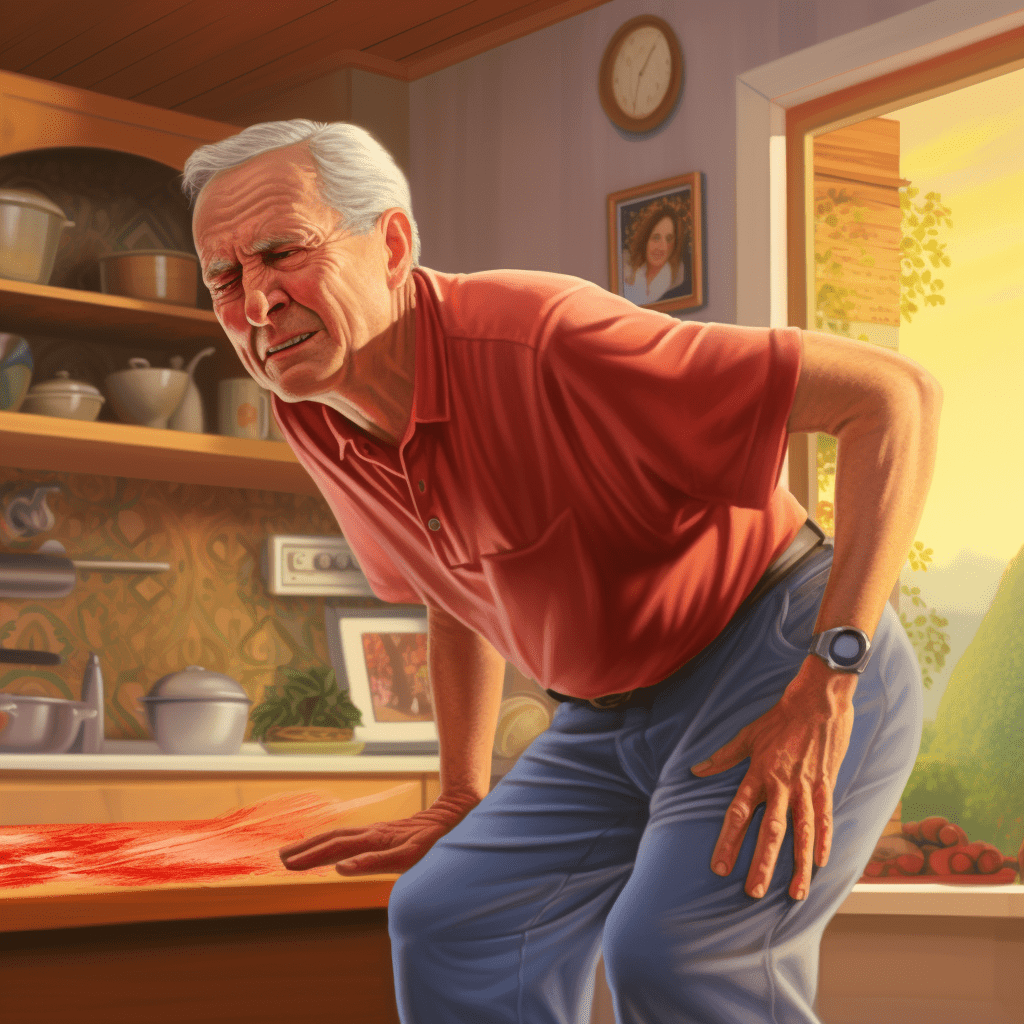
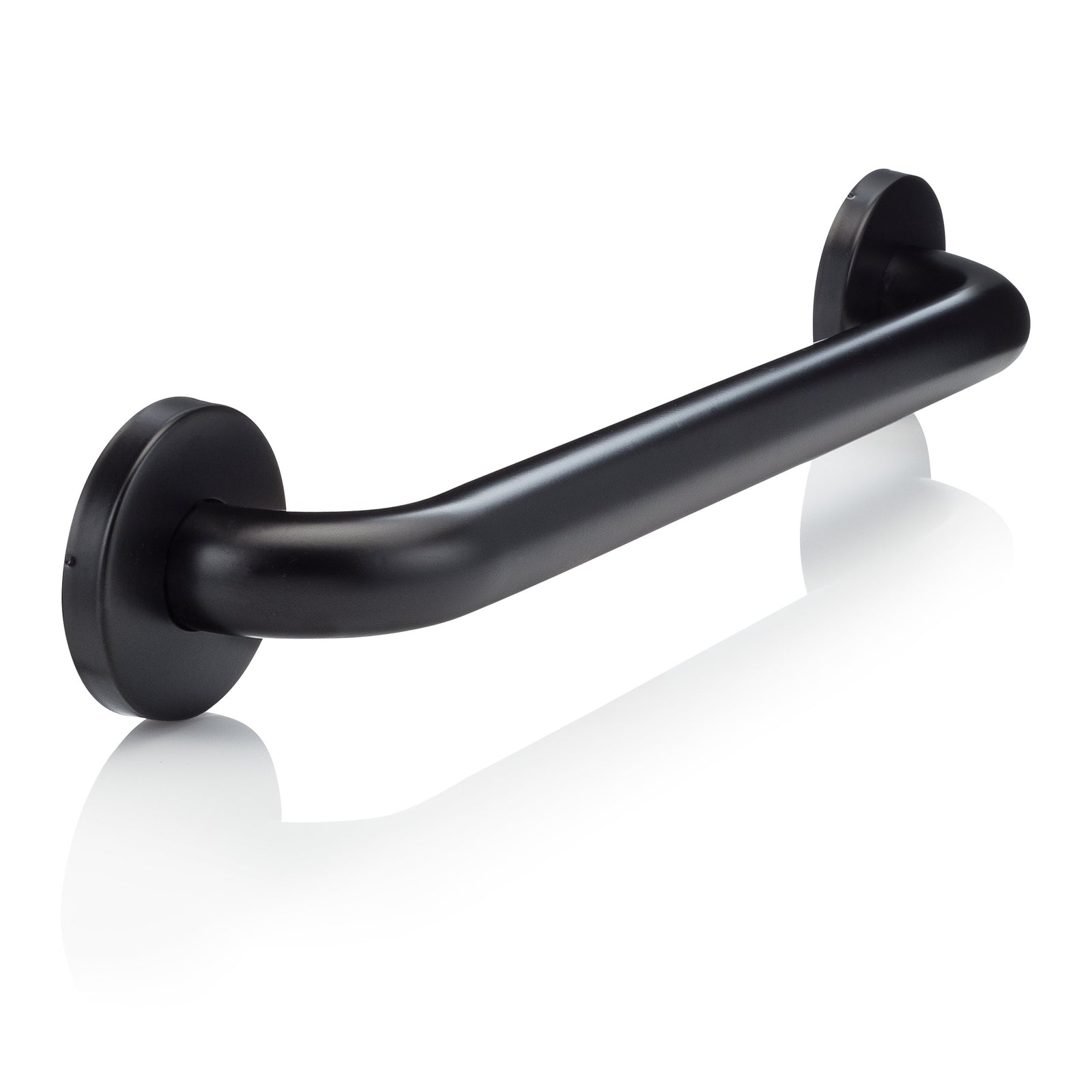

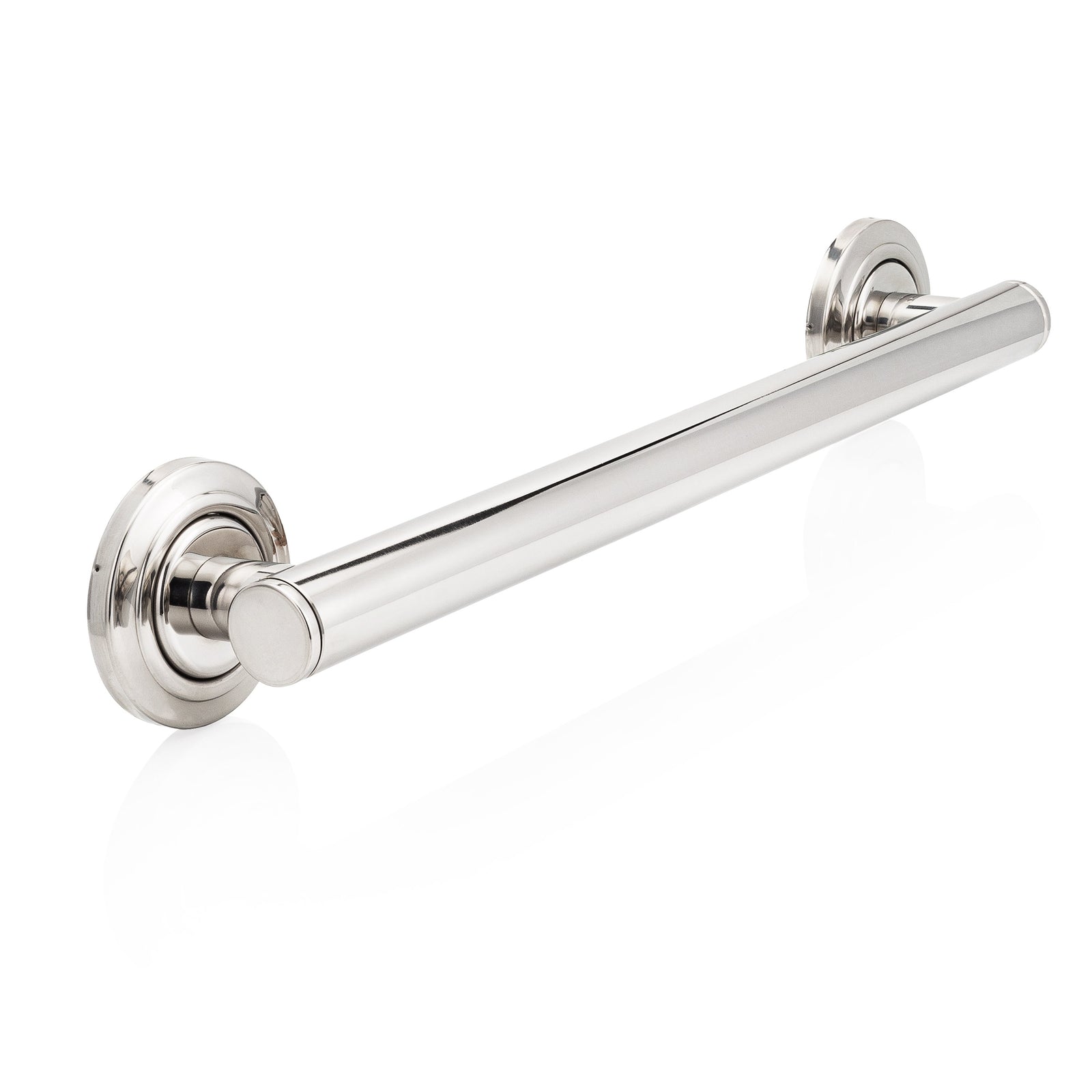
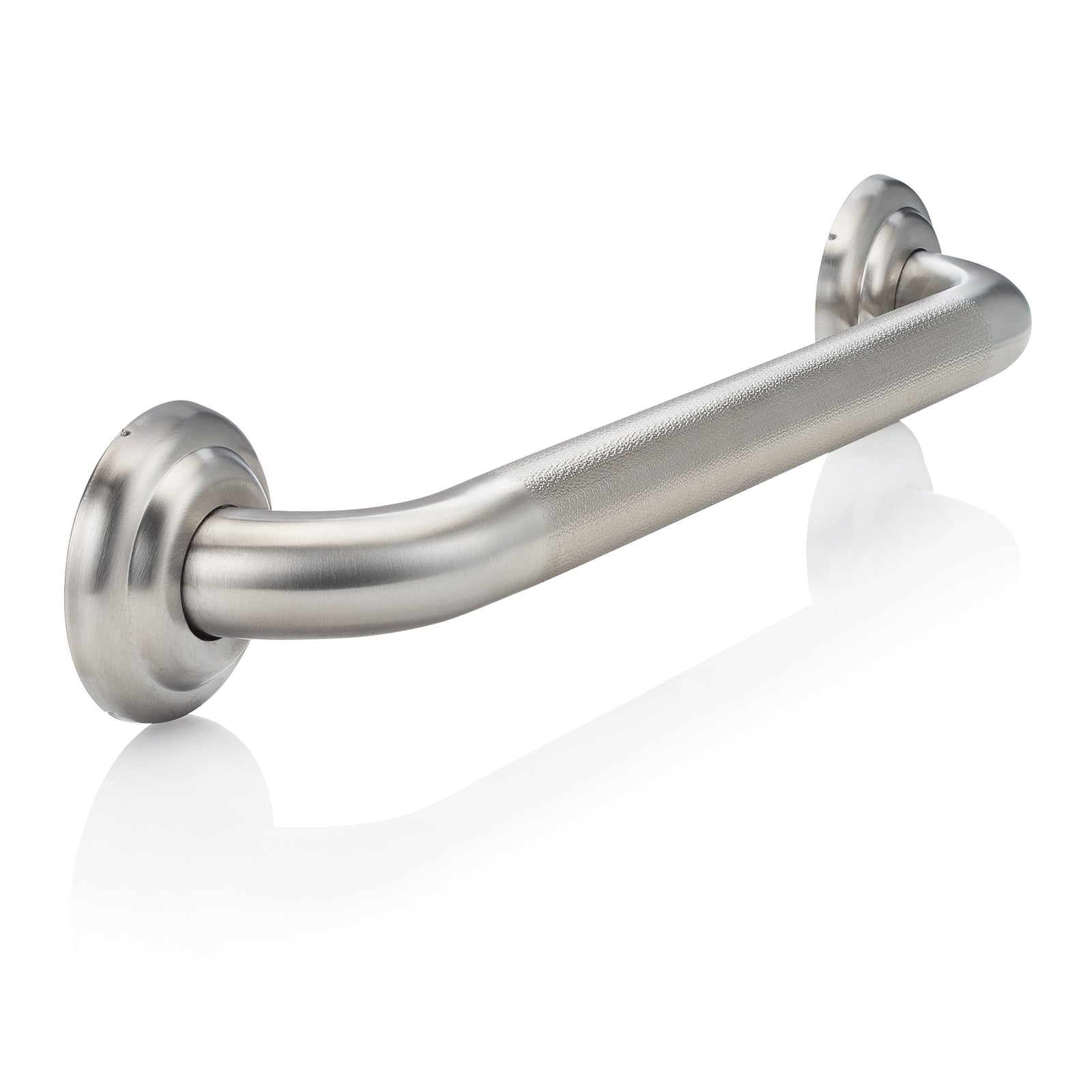
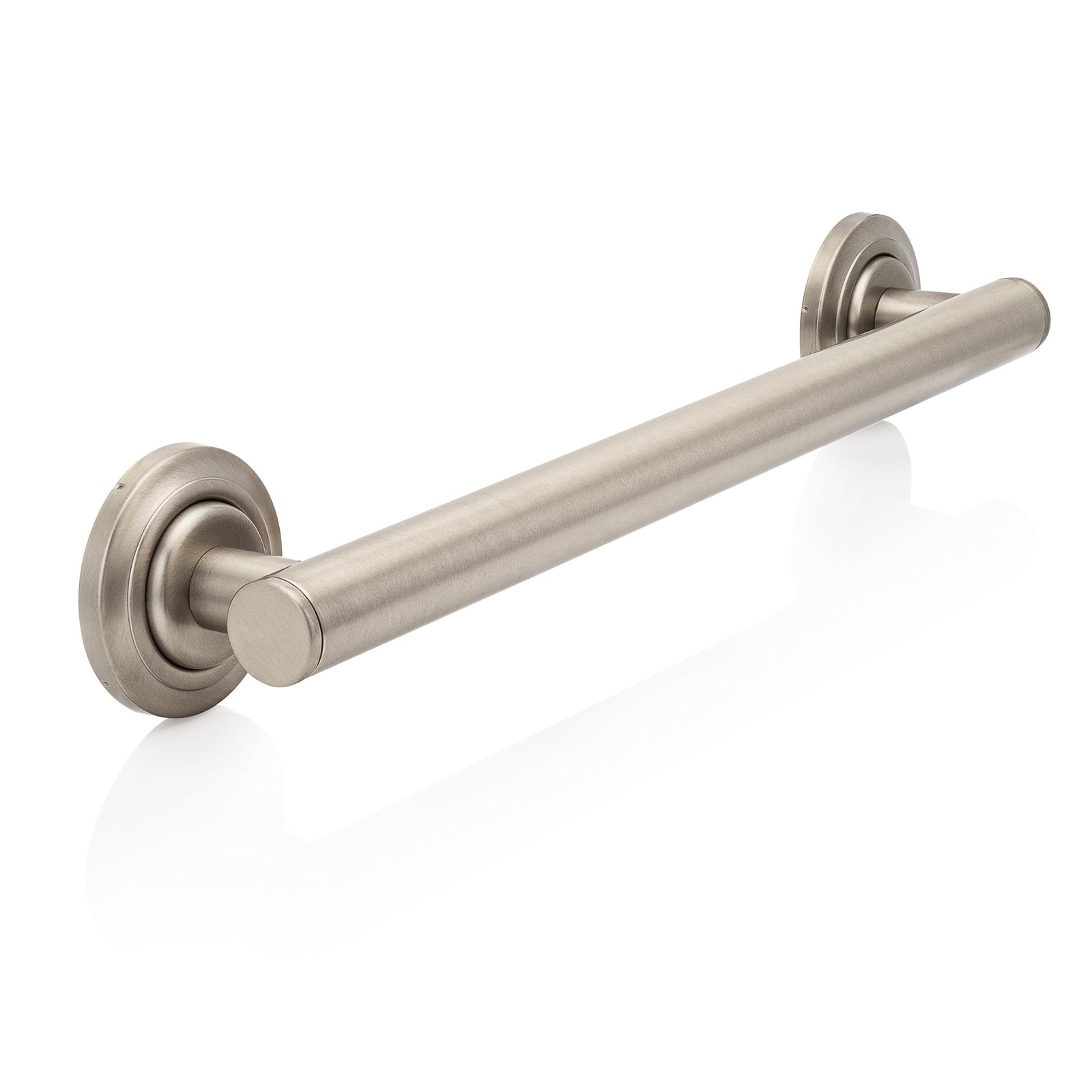
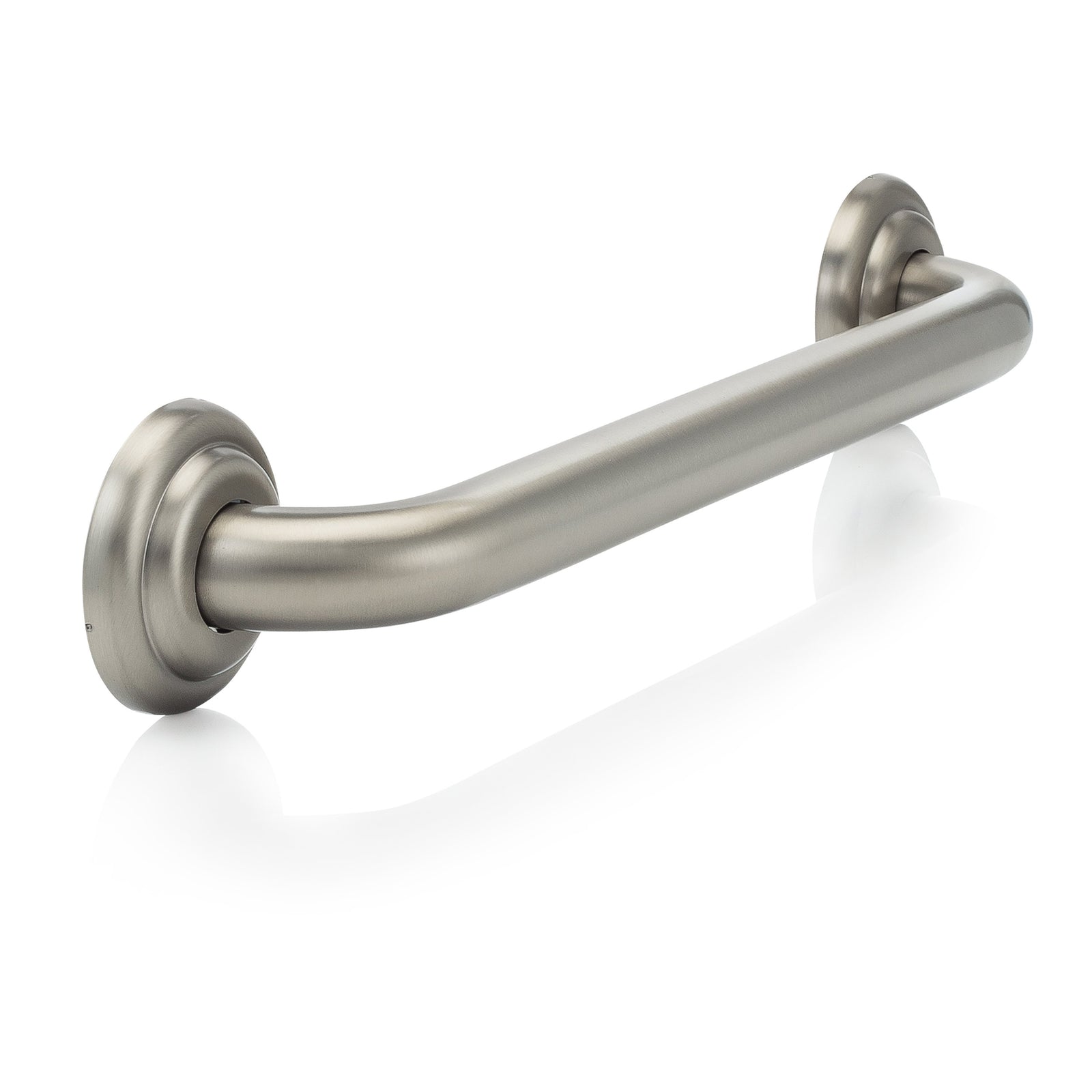
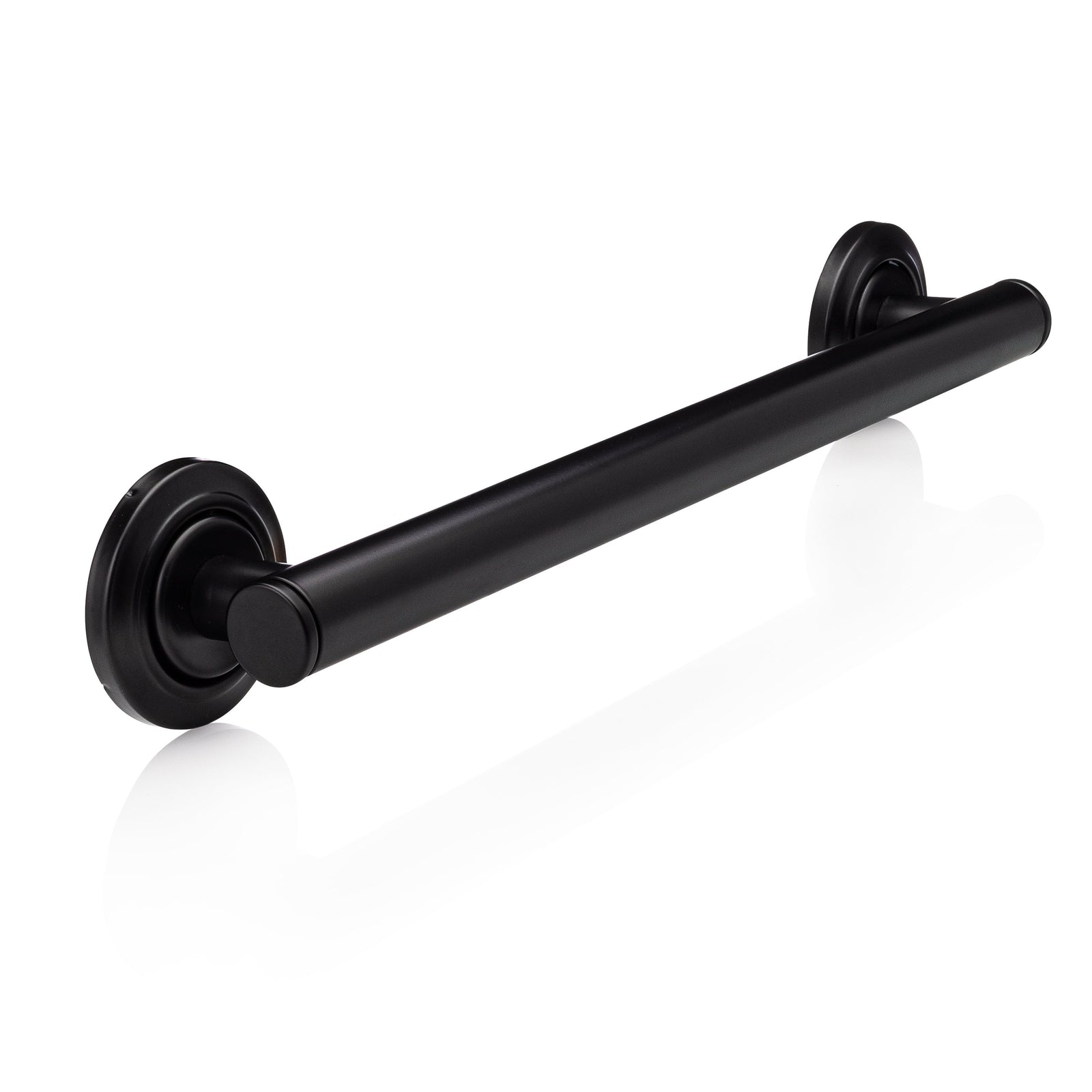
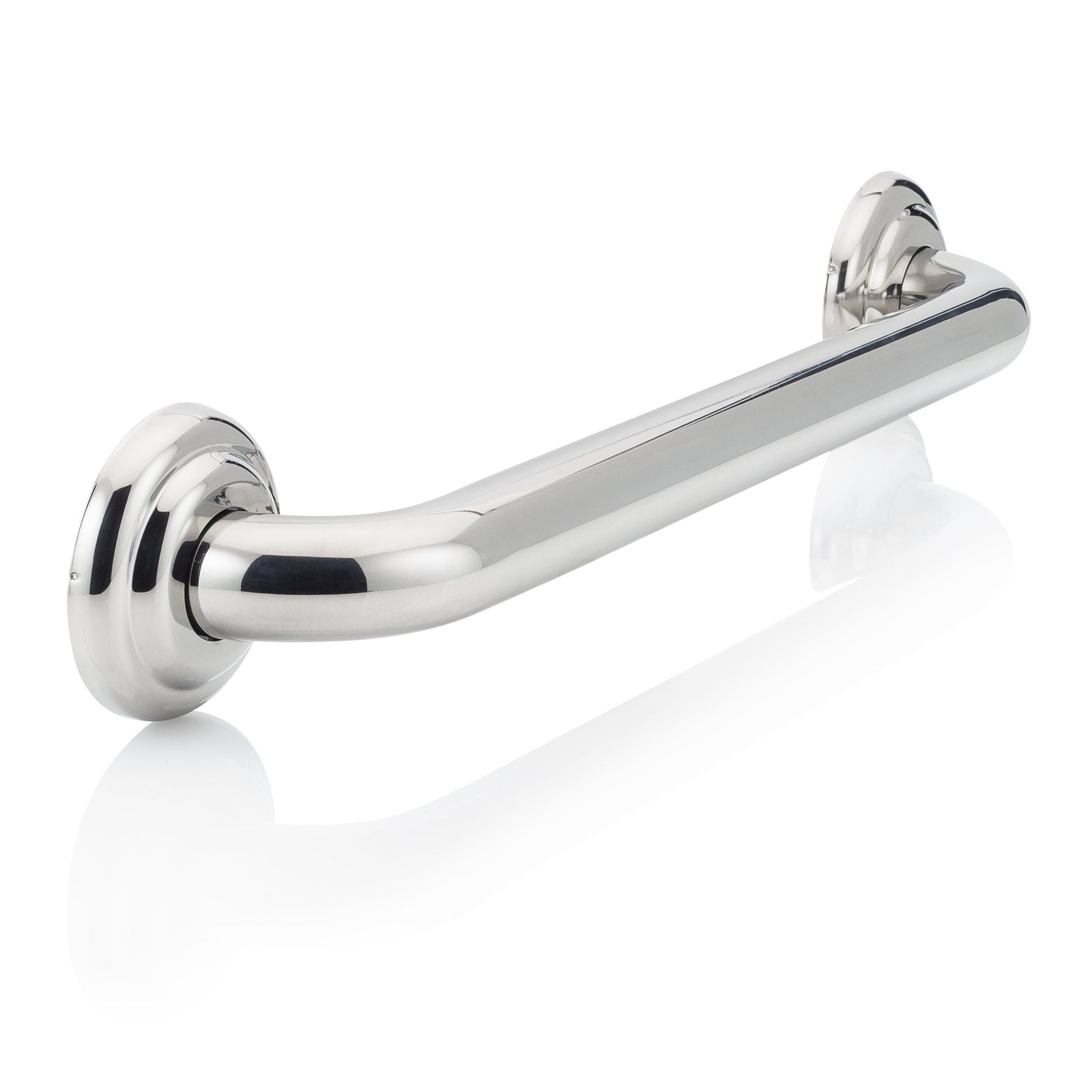

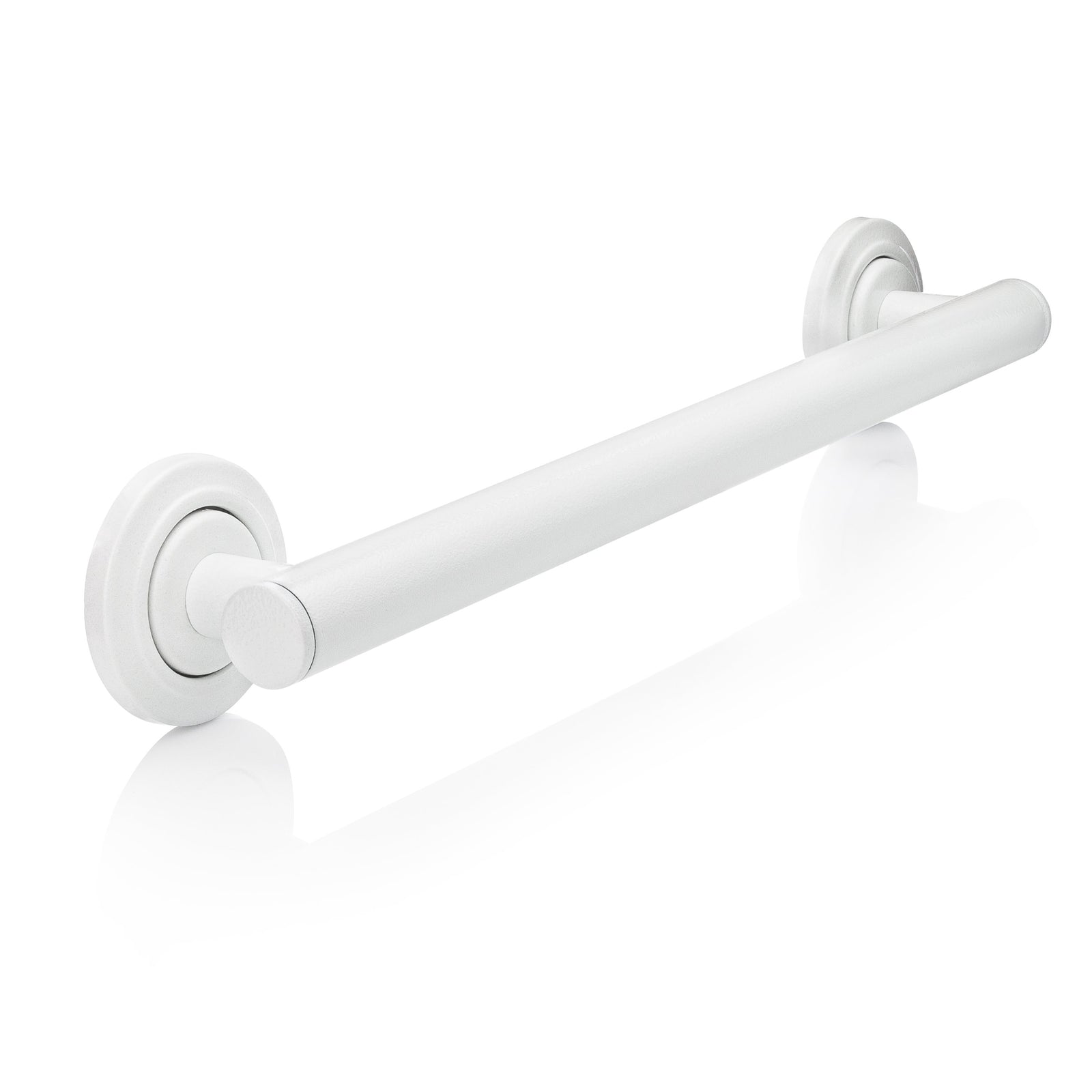
Leave a comment (all fields required)